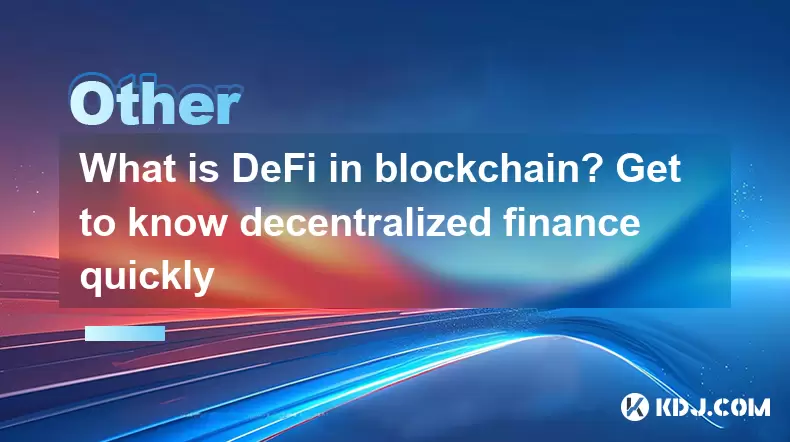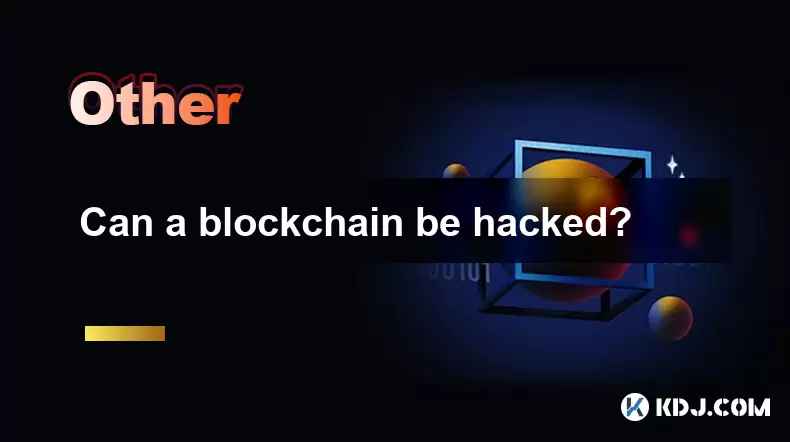-
 Bitcoin
Bitcoin $114500
-0.31% -
 Ethereum
Ethereum $3648
1.11% -
 XRP
XRP $3.033
-0.27% -
 Tether USDt
Tether USDt $0.9999
-0.01% -
 BNB
BNB $758.5
-0.32% -
 Solana
Solana $167.5
1.48% -
 USDC
USDC $0.9998
-0.02% -
 TRON
TRON $0.3331
0.74% -
 Dogecoin
Dogecoin $0.2039
0.25% -
 Cardano
Cardano $0.7419
-0.46% -
 Hyperliquid
Hyperliquid $39.21
2.66% -
 Stellar
Stellar $0.4049
-1.95% -
 Sui
Sui $3.483
-0.56% -
 Bitcoin Cash
Bitcoin Cash $570.8
2.89% -
 Chainlink
Chainlink $16.67
-0.57% -
 Hedera
Hedera $0.2470
-1.57% -
 Ethena USDe
Ethena USDe $1.001
0.00% -
 Avalanche
Avalanche $22.36
1.52% -
 Litecoin
Litecoin $123.4
4.35% -
 UNUS SED LEO
UNUS SED LEO $8.989
0.09% -
 Toncoin
Toncoin $3.324
-2.40% -
 Shiba Inu
Shiba Inu $0.00001219
-1.30% -
 Uniswap
Uniswap $9.811
2.54% -
 Polkadot
Polkadot $3.662
-0.07% -
 Monero
Monero $295.5
-3.85% -
 Dai
Dai $1.000
0.01% -
 Bitget Token
Bitget Token $4.345
0.24% -
 Cronos
Cronos $0.1380
0.95% -
 Pepe
Pepe $0.00001044
-1.14% -
 Ethena
Ethena $0.5981
-4.24%
What is DeFi in blockchain? Get to know decentralized finance quickly
DeFi leverages blockchain and smart contracts to create open, transparent financial systems accessible to anyone, challenging traditional banking models.
Jun 20, 2025 at 02:35 pm

Understanding DeFi: The Decentralized Finance Revolution
Decentralized Finance, or DeFi, represents a transformative movement within the blockchain and cryptocurrency ecosystem. It seeks to recreate traditional financial systems—such as lending, borrowing, trading, and insurance—without centralized intermediaries like banks or brokerages. By leveraging blockchain technology, particularly smart contracts on platforms like Ethereum, DeFi enables peer-to-peer financial interactions that are transparent, permissionless, and accessible to anyone with an internet connection.
The Core Principles Behind DeFi
At its heart, DeFi is built upon three foundational principles:
- Permissionless Access: Anyone can use DeFi applications without needing approval from any authority.
- Transparency: All transactions are recorded on the blockchain, making them visible and verifiable by anyone.
- Interoperability: DeFi protocols often work together seamlessly, allowing users to combine different services for more complex financial activities.
These principles make DeFi a powerful alternative to traditional finance, especially for unbanked populations or those in regions with unstable financial infrastructures.
How DeFi Works: Smart Contracts and Protocols
The backbone of DeFi lies in smart contracts, which are self-executing agreements with the terms directly written into code. These contracts run on blockchain networks such as Ethereum, Binance Smart Chain, or Solana, and they automate processes that traditionally require human oversight.
For example, when you deposit funds into a DeFi lending platform:
- A smart contract locks your assets.
- It issues tokens representing your deposit.
- Interest accrues automatically based on pre-defined rules.
No middlemen are involved, and the entire process is trustless, meaning participants don’t need to know or trust each other—the code ensures fairness and execution.
Key Components of the DeFi Ecosystem
The DeFi space includes a variety of financial instruments and services, all interconnected through blockchain technology. Some of the most prominent include:
- Decentralized Exchanges (DEXs): Platforms like Uniswap or SushiSwap allow users to trade cryptocurrencies without relying on a central authority.
- Lending and Borrowing Platforms: Protocols such as Aave and Compound let users lend their crypto to earn interest or borrow against their holdings.
- Stablecoins: Cryptocurrencies pegged to stable assets like the US dollar (e.g., DAI, USDC) provide a less volatile medium for transactions and savings.
- Yield Farming and Liquidity Pools: Users supply liquidity to decentralized exchanges and earn rewards in return.
- Derivatives and Insurance: Projects like dYdX and Nexus Mutual offer advanced financial products including futures contracts and coverage against smart contract failures.
Each of these components plays a crucial role in building a fully functional decentralized financial system.
Getting Started with DeFi: A Step-by-Step Guide
If you're new to DeFi and want to explore it firsthand, here’s how to begin:
- Set Up a Wallet: Install a non-custodial wallet like MetaMask, Trust Wallet, or WalletConnect to manage your digital assets securely.
- Acquire ETH or BNB: Most DeFi platforms operate on Ethereum or Binance Smart Chain, so you’ll need some native coins (ETH or BNB) for transaction fees.
- Connect Your Wallet to DeFi Platforms: Visit sites like Uniswap, Aave, or Compound and connect your wallet to start interacting with the protocol.
- Approve Token Usage: Before using a token on a DeFi app, you must approve its usage via a smart contract interaction.
- Begin Using DeFi Services: Start with simple actions like swapping tokens or providing liquidity before moving to more complex strategies.
Always remember to double-check contract addresses and never share your seed phrase with anyone.
Risks and Challenges in DeFi**
While DeFi offers exciting possibilities, it also comes with notable risks:
- Smart Contract Vulnerabilities: Bugs or exploits in code can lead to significant losses, as seen in several high-profile hacks.
- Impermanent Loss: When providing liquidity, fluctuations in asset prices can result in temporary losses compared to simply holding the assets.
- Regulatory Uncertainty: Governments are still figuring out how to regulate DeFi, which could impact access and usability in certain jurisdictions.
- High Gas Fees: On congested networks like Ethereum, transaction costs can be prohibitively expensive during peak times.
Users should conduct thorough research and understand these risks before engaging with any DeFi service.
Frequently Asked Questions About DeFi
Q: Is DeFi legal?
A: DeFi itself is not illegal, but regulatory frameworks vary by country. In many places, there's no clear legal guidance yet, so users should stay informed about local laws regarding cryptocurrency and financial services.
Q: Can I lose money in DeFi?
A: Yes, just like in traditional finance, there are risks involved. Smart contract bugs, market volatility, and impermanent loss can all lead to financial losses if not managed carefully.
Q: How do DeFi platforms generate returns for users?
A: Returns come from various sources such as interest on loans, trading fees collected by liquidity pools, or yield farming incentives issued by protocols to encourage participation.
Q: What’s the difference between CeFi and DeFi?
A: Centralized Finance (CeFi) relies on trusted third parties like banks or exchanges to facilitate transactions. DeFi removes intermediaries by using blockchain-based smart contracts, enabling direct peer-to-peer interactions.
Disclaimer:info@kdj.com
The information provided is not trading advice. kdj.com does not assume any responsibility for any investments made based on the information provided in this article. Cryptocurrencies are highly volatile and it is highly recommended that you invest with caution after thorough research!
If you believe that the content used on this website infringes your copyright, please contact us immediately (info@kdj.com) and we will delete it promptly.
- Uniswap Valuation Under the Microscope: Bitwise CIO's Perspective
- 2025-08-05 23:10:12
- Coinbase's $2 Billion Convertible Notes: A Bold Move or Risky Bet?
- 2025-08-05 23:10:12
- Inveniam, MANTRA, and Real-World Assets: Forging a New DeFi Frontier
- 2025-08-05 22:30:12
- Cyprus Investor's $448K Crypto Loss: An Email Hack Wake-Up Call for Crypto Exchanges
- 2025-08-05 22:30:12
- Solana Memecoin Mania: Trader Profit Secrets Revealed!
- 2025-08-05 20:30:13
- POL Price Rebound: Will Consolidation Lead to a Breakout?
- 2025-08-05 20:30:13
Related knowledge

What is the purpose of a nonce in mining?
Aug 04,2025 at 05:56pm
Understanding the Role of a Nonce in Cryptocurrency MiningIn the world of cryptocurrency mining, the term nonce stands for 'number used only once.' Th...

Can data on a blockchain be deleted?
Aug 05,2025 at 04:00am
Understanding Blockchain ImmutabilityThe core principle behind most blockchain systems is immutability, which means that once data is recorded onto th...

What is the difference between on-chain and off-chain transactions?
Aug 02,2025 at 04:22pm
Understanding On-Chain TransactionsOn-chain transactions refer to digital asset transfers that are recorded directly on a blockchain ledger. These tra...

How are blocks linked together?
Aug 04,2025 at 06:56am
Understanding the Structure of a BlockchainA blockchain is a decentralized digital ledger composed of a sequence of blocks, each containing a list of ...

Can a blockchain be hacked?
Aug 05,2025 at 08:29am
Understanding Blockchain Architecture and Security PrinciplesBlockchain technology is built on a decentralized and distributed ledger system that reco...

What is a node's role in a blockchain network?
Aug 03,2025 at 03:16pm
Understanding the Function of a Node in a Blockchain NetworkA node is a fundamental component of any blockchain network, acting as a participant that ...

What is the purpose of a nonce in mining?
Aug 04,2025 at 05:56pm
Understanding the Role of a Nonce in Cryptocurrency MiningIn the world of cryptocurrency mining, the term nonce stands for 'number used only once.' Th...

Can data on a blockchain be deleted?
Aug 05,2025 at 04:00am
Understanding Blockchain ImmutabilityThe core principle behind most blockchain systems is immutability, which means that once data is recorded onto th...

What is the difference between on-chain and off-chain transactions?
Aug 02,2025 at 04:22pm
Understanding On-Chain TransactionsOn-chain transactions refer to digital asset transfers that are recorded directly on a blockchain ledger. These tra...

How are blocks linked together?
Aug 04,2025 at 06:56am
Understanding the Structure of a BlockchainA blockchain is a decentralized digital ledger composed of a sequence of blocks, each containing a list of ...

Can a blockchain be hacked?
Aug 05,2025 at 08:29am
Understanding Blockchain Architecture and Security PrinciplesBlockchain technology is built on a decentralized and distributed ledger system that reco...

What is a node's role in a blockchain network?
Aug 03,2025 at 03:16pm
Understanding the Function of a Node in a Blockchain NetworkA node is a fundamental component of any blockchain network, acting as a participant that ...
See all articles

























































































